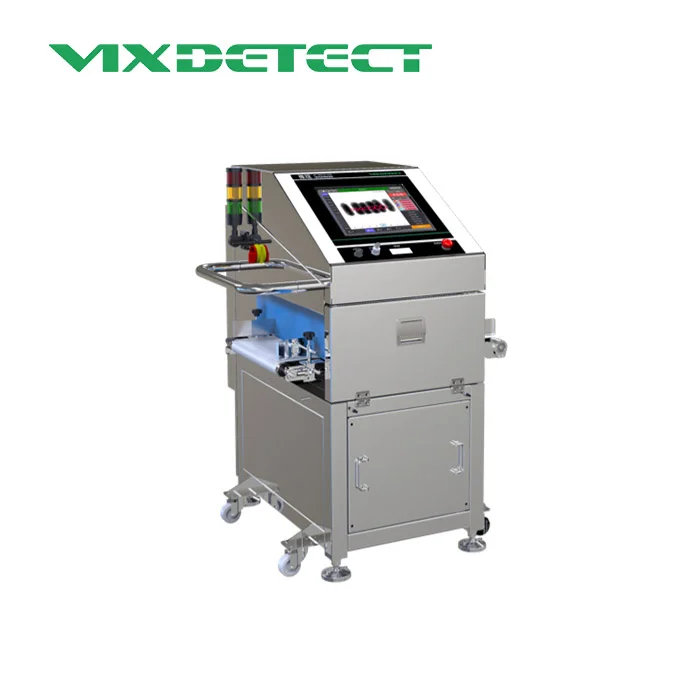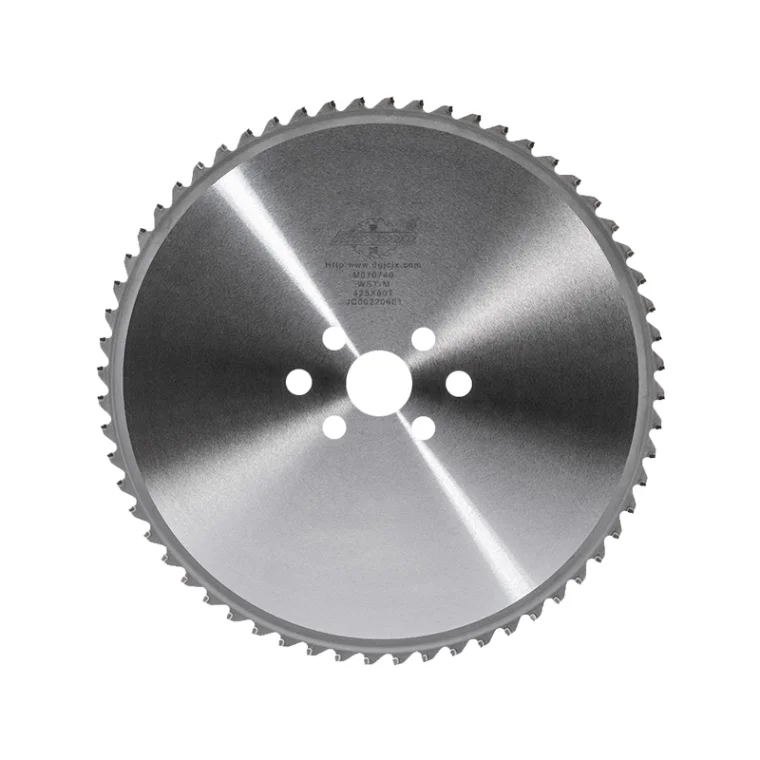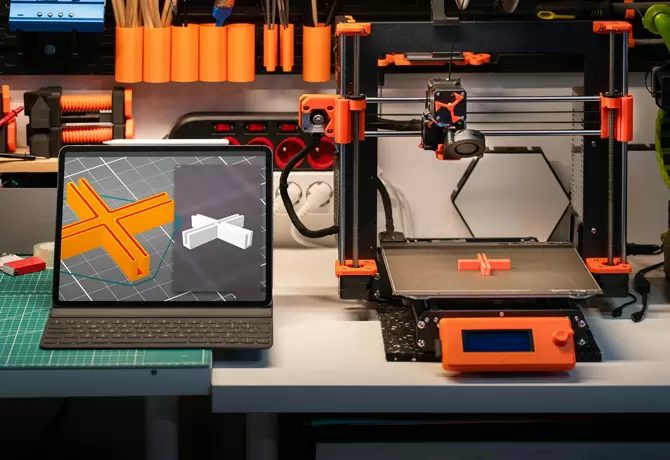
In the realm of electric vehicles (EVs), one question that often sparks curiosity is, Are electric car motors AC or DC? This question is not only pertinent to automotive enthusiasts but also to potential EV buyers, engineers, and environmentalists. This article aims to delve into the intricacies of electric car motors, their types, and the role of alternating current (AC) and direct current (DC) in their operation.
Electric vehicles have been gaining significant traction in recent years due to their environmental benefits and technological advancements. Central to their operation is the electric motor, which converts electrical energy into mechanical energy to drive the vehicle. However, the type of current - AC or DC - used in these motors varies, and each has its unique characteristics and applications.
Traditionally, electric vehicles were equipped with DC motors. DC motors are relatively simple, inexpensive, and provide high torque at low speeds, making them ideal for electric vehicles. However, they have some drawbacks, such as the need for regular maintenance due to brush and commutator wear, and difficulty in handling high power and high-speed operations.
On the other hand, AC motors, specifically induction motors, have become increasingly popular in modern electric vehicles. AC motors are more efficient, reliable, and require less maintenance than DC motors because they do not have brushes or commutators. They can also handle high power and high-speed operations more effectively. Tesla, a leading electric vehicle manufacturer, uses three-phase, four-pole AC induction motors in their vehicles.
However, it's important to note that while the motor may run on AC, the battery pack in an electric vehicle stores energy as DC. Therefore, an inverter is used to convert DC power from the battery to AC power for the motor. Conversely, during regenerative braking, the AC power generated by the motor is converted back to DC to charge the battery.
In conclusion, both AC and DC motors have been used in electric vehicles, each with its own set of advantages and disadvantages. However, the trend has been shifting towards AC motors due to their efficiency, reliability, and lower maintenance requirements. Regardless of the type of motor, the interplay between AC and DC power is a critical aspect of electric vehicle technology, ensuring efficient energy conversion and storage.




